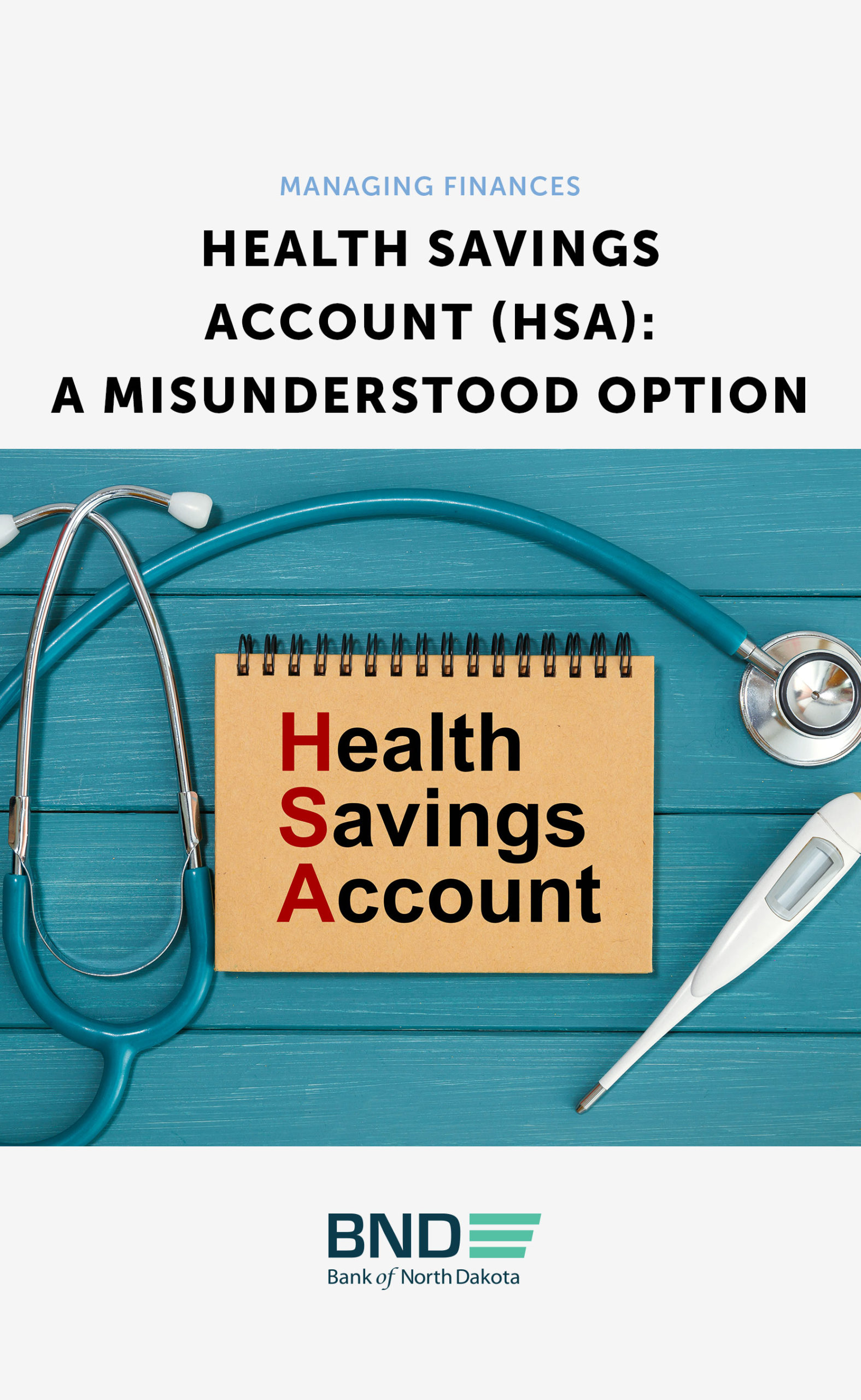When enrolled in a qualified high-deductible health plan (HDHP), a health savings account, or HSA, is a medical savings account that’s available to you. Combining an HDHP and an HSA may reduce health care expenses and enable you to pay for it using pretax dollars.

How do they complement each other? HDHP is a plan with a lower premium but higher deductible. You can save funds in the HSA to help pay for the higher deductible costs. HSAs can provide some tax advantages. You should check with a tax professional to confirm if you can benefit from them.
- Contributions are pretax and reduce your taxable income
- Earnings grow tax-free
- Withdrawals are tax-free when used to pay for eligible medical expenses
Unlike flexible, or flex, spending accounts (e.g., medical spending or child care reimbursement), HSAs are not “use-it-or-lose-it” accounts, and your balance carries over each year. But you can’t have both. This means if you want to take advantage of your employer’s flexible spending account, you may not be able to contribute to your HSA.
If affordable, you may want to consider maximizing your HSA contributions to get the full advantage of the triple tax benefits. Unlike a 401(k) or an individual retirement account (IRA), HSA contributions made through payroll deduction aren’t subject to FICA (Social Security and Medicare) taxes.
To be eligible for an HSA, you must:
- have a qualified High Deductible Health Plan
- have no other health coverage (such as a spouse’s medical insurance)
- not be enrolled in Medicare
- not be claimed as a dependent on someone else’s tax return
Some people use an HSA as a savings and investment tool. It can be a good option. However, you need to account for your health background and know that a serious medical issue may impact the fund. Consult with a tax professional and be sure you understand the risks and benefits as it applies to you personally.


